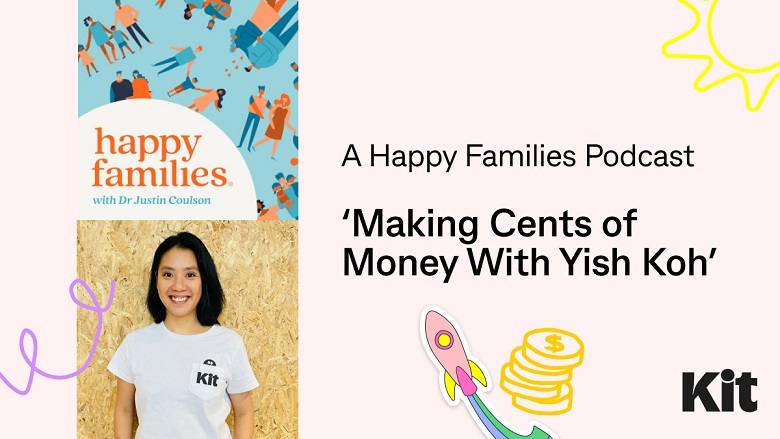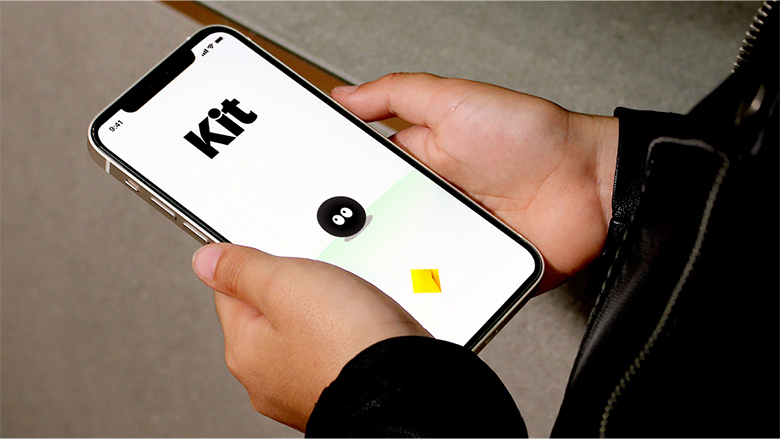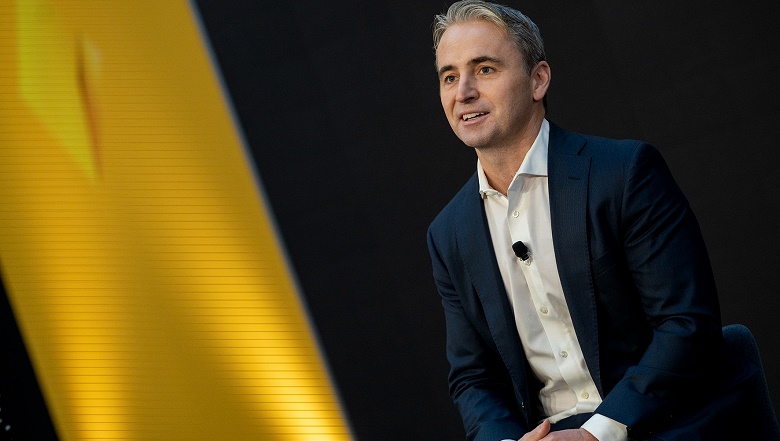This month, Yish Koh, Managing Director of Kit – a new CommBank-supported money app that could revolutionise how kids learn to earn, save, spend, and manage money in the digital economy – joined the Happy Families podcast where she discussed the importance of supporting the financial literacy taught in schools, with experiential learning and teaching moments with money at home.
“Parents are struggling with where to start when it comes to navigating the topic of money with their kids in the digital world.
“Our survey research of over 2,000 parents of children aged 8-17 in Australia shows that about half (48 per cent) are actively avoiding having conversations with their kids about money, and more than half (55 per cent) find it difficult linking chores to pocket money in the digital age,” Koh said.
In the same research, it was revealed more than half (55 per cent) of parents with children aged 8-17 in Australia teach their children about money based on their own knowledge, but almost all (86 per cent) said they could use help from other sources.
“It’s not surprising when you think about it [that] kid’s experience with money is very different today to what their parent’s experience of money was growing up.
“The world is increasingly online and cashless and children are bombarded with in-app purchases, gaming related offers and crafted enticements on a daily basis,” she said.
Ms Koh also told Happy Families the non-tangible nature of the digital world is making it challenging for children to build financial capability.
“As opposed to having cash, money is ‘invisible’ meaning they may struggle to create the connection between purchasing something and that being charged back to their parents’ accounts.
“When cash was more commonplace, they were most likely given an allowance – meaning they could make informed decisions about how it’s spent, and actually see the remaining funds decrease.
“Nowadays children are also exposed to extremely sophisticated marketing and purchasing tactics – usually embedded within the apps while they’re playing, such as ‘exchange rates’ that obscure the real value of money, limited time sales that encourage urgency, and loot boxes which encourages them to gamble to win variable rewards,” she said.
However, there are solutions out there according to Ms Koh:
- There are plenty of books and blogs out there and there are government websites like Money Smart that provide lots of tips for parents;
- There are games that help to teach kids about financial concepts; and,
- We are also seeing a rise in digital education tools and apps that focus on financial education, such as Kit. Kit is an ‘earning-and-learning’ money app with a mission to help school-aged kids build their financial capability through fun, experiential learning.
“Kit is designed to help kids learn to earn, save, spend, and manage money in the digital economy. With Kit we’re trying to create a learning experience that’s fun and engaging for kids that gives them some level of autonomy, while giving parents ultimate oversight and control,” Ms Koh said.
With their own Kit account and prepaid card, kids can earn money on ‘PayDay’ linked to chores being completed and create customisable savings ‘Stacks’ with an animated water level that rises as they reach their goal.
Kids can access their money through an ATM and tap their card to make purchases. In Boss Mode, parents have access to customisable controls, such as spend limits, merchant blocks, and card and pin protection, which can be tailored to each child in the family.
Ms Koh continued: “we’ve worked with a team of experts and researchers and what we know is important is these tools are designed for kids and help them to have autonomy over real-world financial decisions.
“There’s nothing quite like the experience of setting savings goals, visualising them, working towards them and getting positive reinforcement along the way.
“We’re at an exciting stage where we’re inviting families into the trial to help co-create the final app we’ll launch to the public. That’s important – we have to have a solution that reflects what parents and their kids want and need.
“Kit wants to revolutionise how kids learn about money, and if families want to be a part of that revolution they can sign up to be one of the first 5,000 to trial the app for free at www.heykit.com.au,” Ms Koh said.
To listen to the full Happy Families podcast interview with Yish Koh, visit here.
About the Research: This study was conducted online by YouGov between the 5th-13th of April 2022. The sample comprised of a nationally representative sample of 2,053 Australians aged 18 years and older with a child aged 8-17. Following the completion of interviewing the data was weighted by age, gender and region to reflect the latest ABS population estimates.




